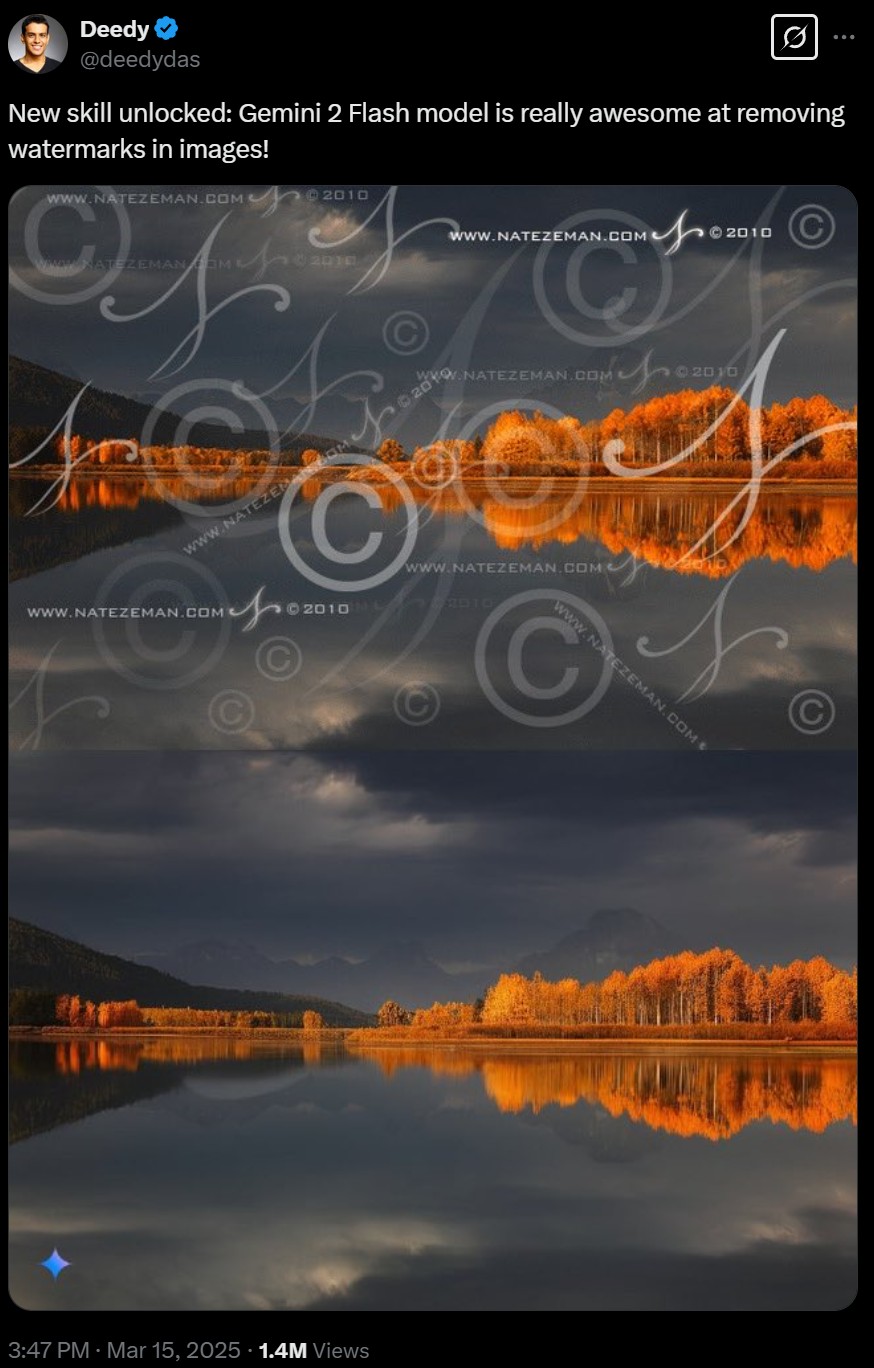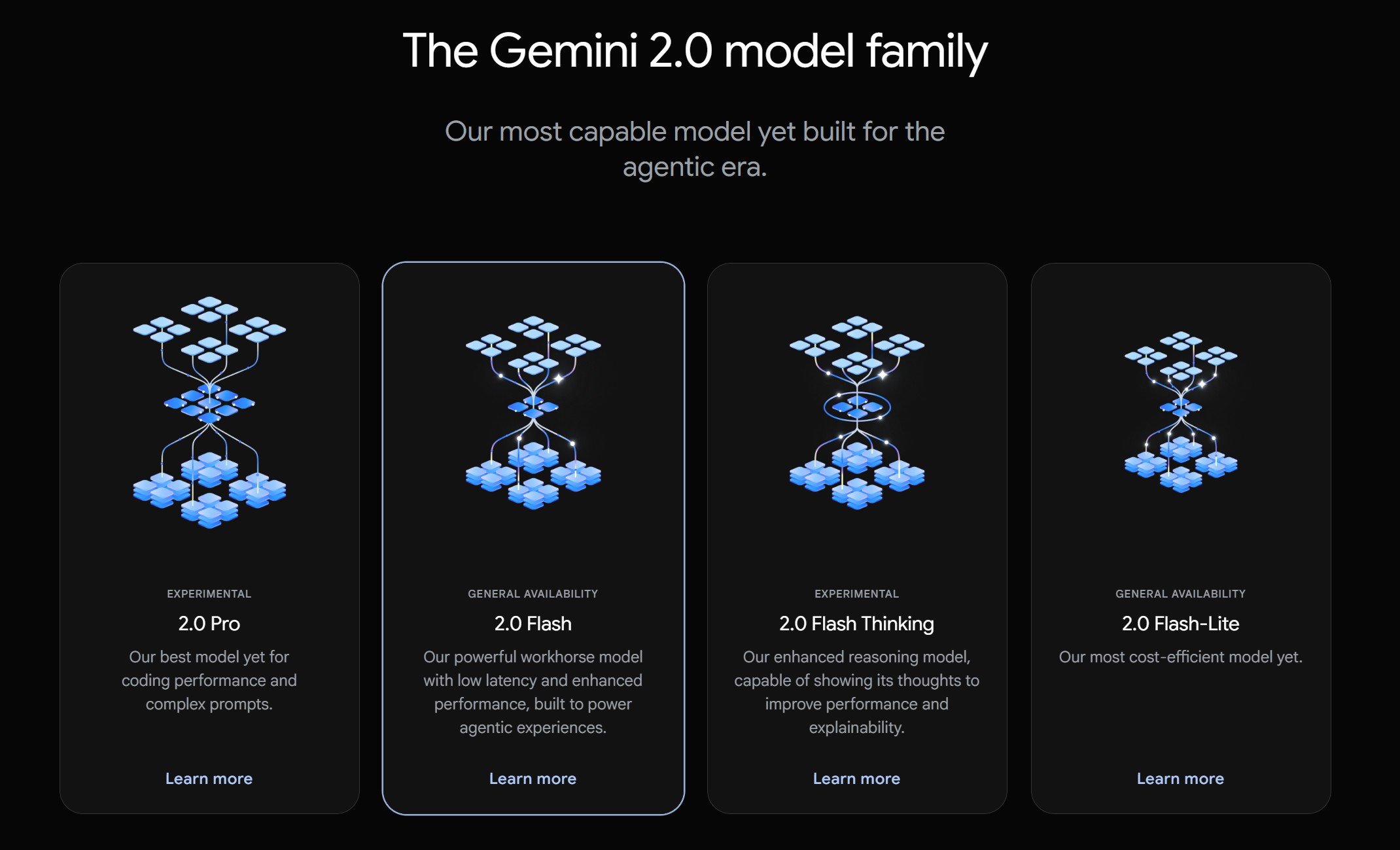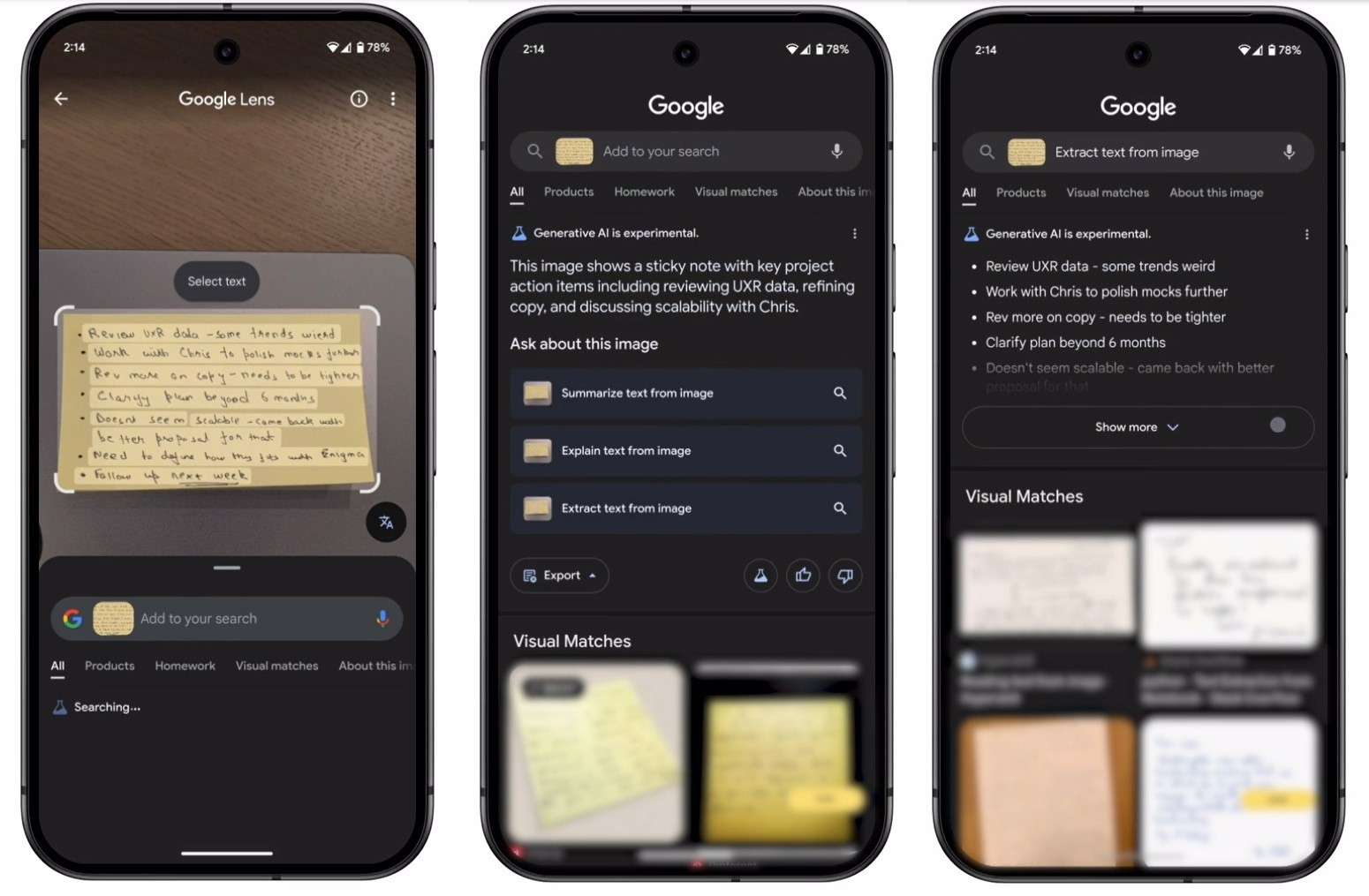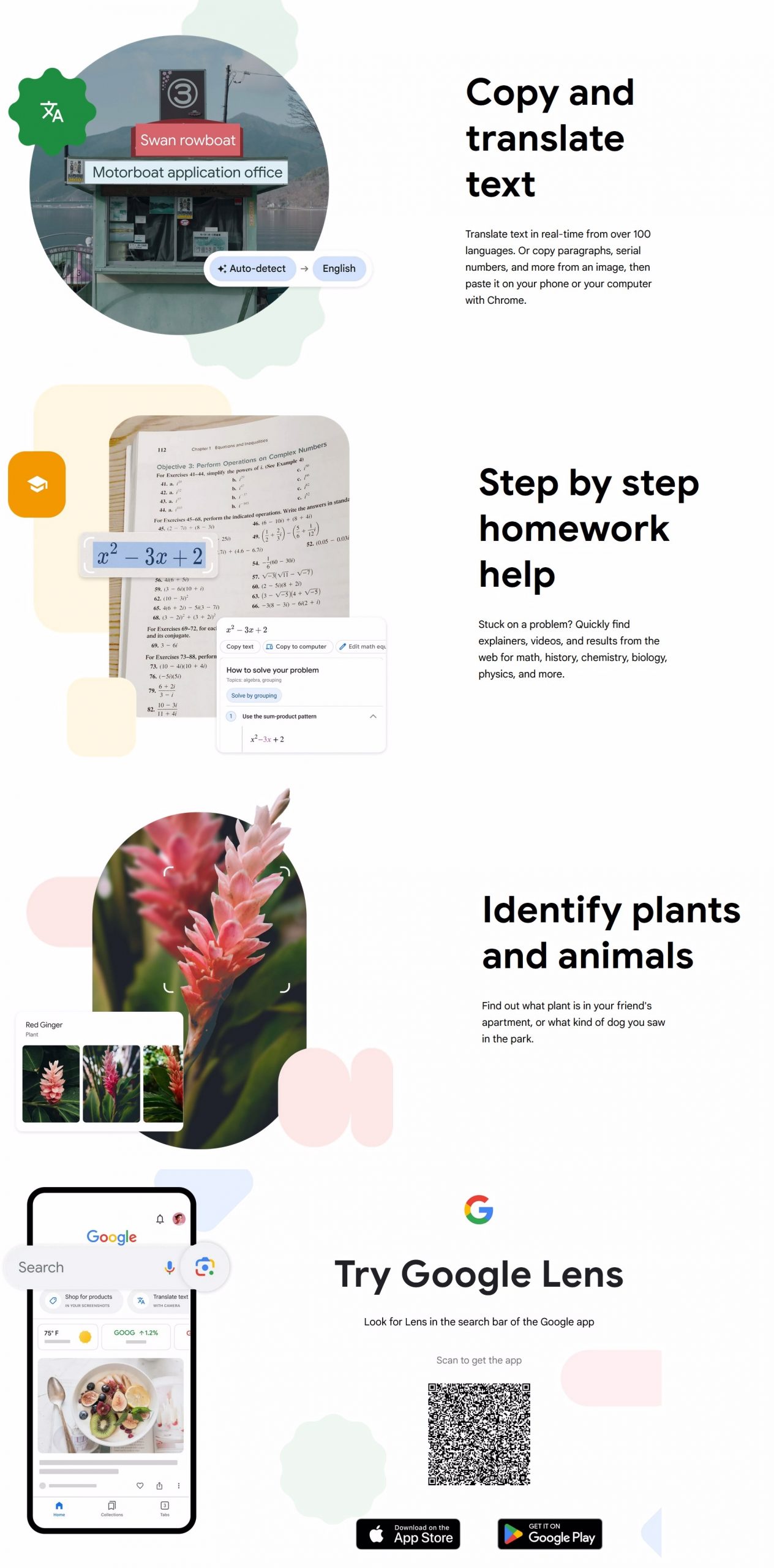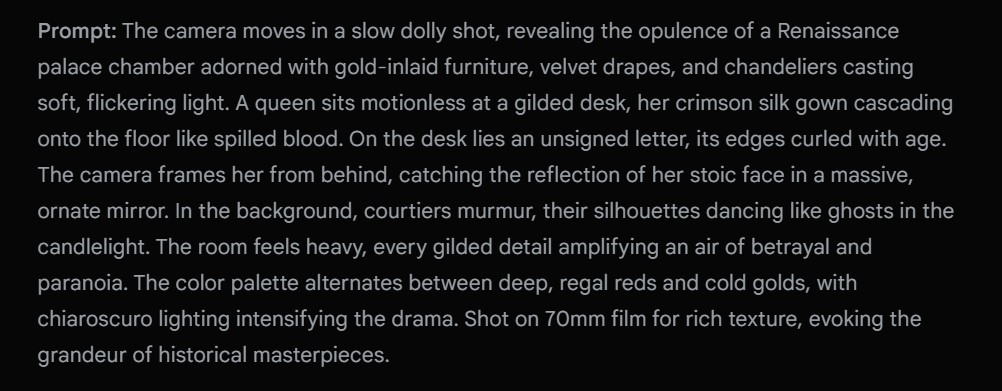https://www.forbes.com/sites/ronshevlin/2023/02/06/the-hypocrisy-of-layoffs-at-google-microsoft-and-paypal/
“These companies chose to blame thousands of people for a problem that was specifically created by their execs. The same people writing crocodile-tear-stained layoff letters are the same ones responsible for unrealistic projections, unrealistic spending and unrealistic hiring.”
“With corporate leaders having incentives not to benefit stakeholders at shareholder expense, delegating the guardianship of stakeholder interests to corporate leaders would prove futile. The promise of pluralistic stakeholderism is illusory.”
The Big Tech and big fintech companies aren’t worried about letting people go because when the next up-cycle hits they’ll pay top dollars (of course), but just as importantly, these resources can (nearly) seamlessly “plug and pay” into the tech environments in any of these companies.
“They use the same communication tools, the same programming tools, the same everything. There’s no (or hardly any) onboarding and training time required to get someone up to speed.”
“Without the need to spend months (weeks at the least) and untold dollars on training new employees, technology firms are emboldened to just let people go when it’s expedient for them.”
Views : 403






